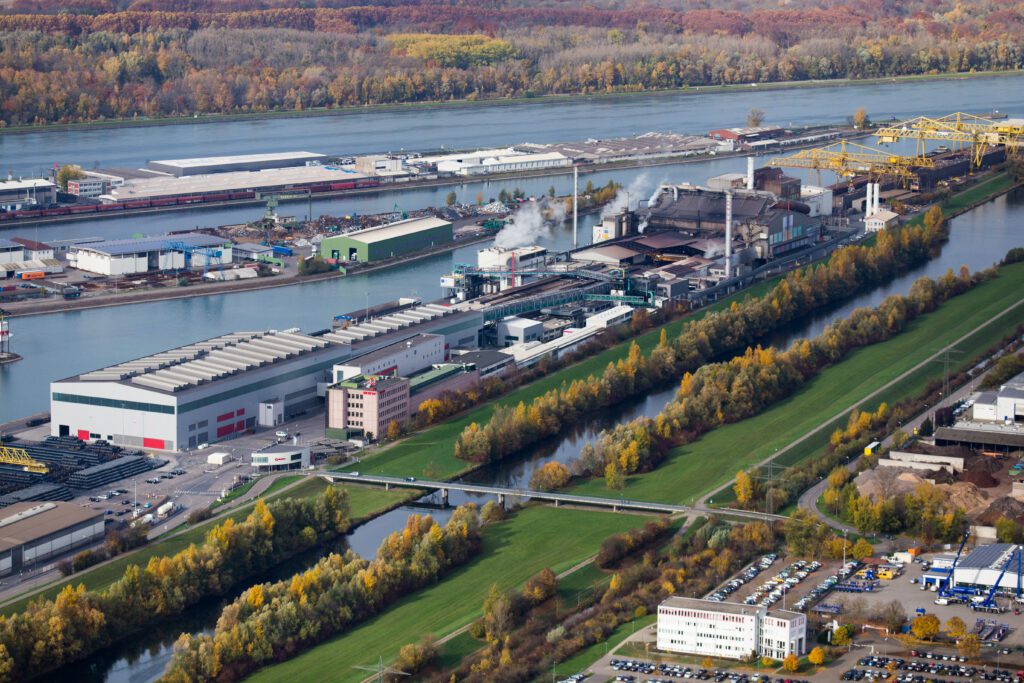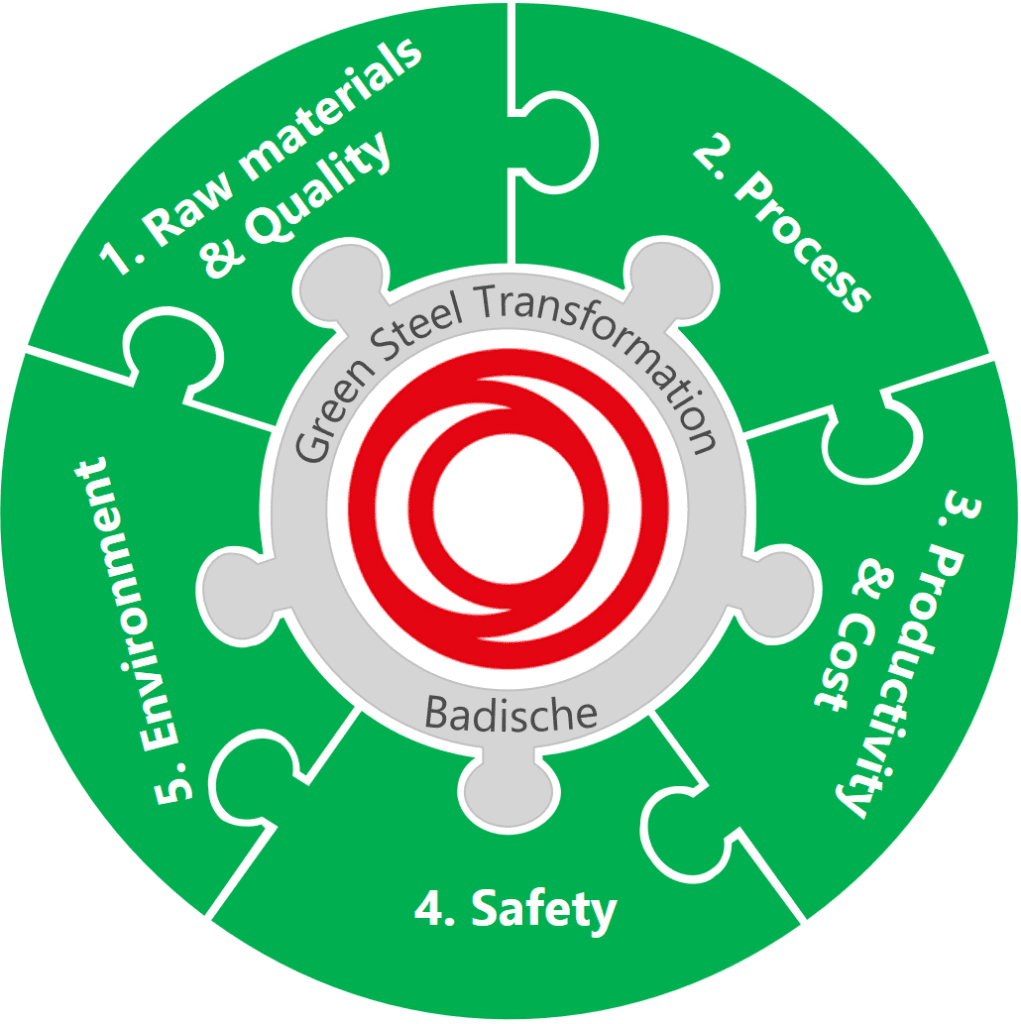Steel, one of the most carbon-intensive industries, must reduce its emissions by at least half by the middle of the century to meet global climate and energy goals. Consequently, steel industry’s role in the climate crisis is now under much closer scrutiny. An essential input for engineering and construction, steel has made skyscrapers a reality, enabled bridges to be longer and has massively contributed to making our modern way of life possible. Therefore, a race against time is on and the Badische Group, based in Kehl, Baden-Württemberg, Germany, is already making giant strides in its journey to develop and produce low-carbon versions of the metal.
According to the World Steel Association, more than two billion tonnes of steel is produced annually out of which 52% is used in building and infrastructure. Due to increased environmental awareness, these days, consumers carefully consider sustainability as a major criterion when making a purchase. However, when it comes to construction materials, stricter standards still need to be applied. In a world with a growing population and a growing need for housing and infrastructure, the steel production is expected to rise by a third by 2050, thus increasing the environmental burden.
Dr. Felix Firsbach, Steel Plant Consultant and Mr. Peter van der Velden, Regional Sales Manager at Badische Stahl-Engineering GmbH (BSE), explained in detail the existing low-carbon steel activities, the driving forces, the Badische Philosophy, obstacles, and the future plans of one of the leading reinforcement steel producers in Germany.
Within the Badische Group, BSE works as a consultant and service provider for increasing the efficiency and productivity in the electric steel industry worldwide, while its sister company Badische Stahlwerke GmbH (BSW) is one of the world’s most productive Electric Arc Furnace steel plants. In the late 1960s, BSW started to produce rebar steel with an installed capacity of 300,000 metric tonnes per year. Nowadays, BSW produces more than 2 million tonnes per year with virtually the same basic conditions.

The Badische Group’s dynamic duo is in a unique position because BSE’s products and services are based not on theory, but on more than five decades of operational experience at BSW. That is the reason why BSE gets approached by steel mills all over the world to increase their productivity and reduce energy consumption.
However, it goes without saying that for businesses to stay financially viable, it is imperative that there is a market for the products they are offering and in the case of low-carbon steel, price could be one of the key determinants of demand. The technologies to reduce emissions are already existing and waiting to be implemented but green steel would be more expensive than conventional steel owing to its production methods. Construction is one of the closest business sectors to our daily lives, but are the end-user ready to pay more for this transition to happen?
According to Mr. van der Velden, the demand for low-carbon steel in the automobile industry has seen an upward trend in the recent times but the same is not true for the construction sector. Therefore, not demand but an intrinsic motivation has been the driving force for the Badische Group to reduce its carbon footprint by constantly upgrading equipment and revamping EAFs.
Moreover, as per the Badische Philosophy, the company credits 80% of its success to its employees who are committed towards excellence in steelmaking. Pointing out that steel is not made in the office, Mr. van der Velden claimed that the most valuable asset for the Badische Group is not steel but people who are well-trained and highly skilled, resulting in high productivity at a low cost.

The company, whose diverse portfolio includes reinforcing steel in bars and coils, wire rod, billets, and reinforcement products, believes in a pragmatic and realistic approach when it comes to reducing carbon emissions. The Badische Group is aiming for net zero, but the first step is to have the lowest emissions in the industry.
Dr. Firsbach explained that BSW’s CO2 emissions are less than 55 kgs per tonne of steel at the EAF and additional 30 kg per tonne of steel in the rolling mill, so in total 85 kg/t. Refraining from using the term ‘green steel’, Dr. Firsbach stressed that BSW is aiming to produce. ‘defossilised steel’. He added that BSW’s existing EAFs produce steel from 95% scrap metal but there is still a lot of room for improvement. A lot depends on the availability of electricity from renewable sources and bio carbon to make a complete transition.
While many claim that the future of steel industry belongs to hydrogen, Dr. Firsbach is of the view that it can be used as an energy source and potentially for carrying out research and development activities but the hydrogen-based route for production of steel is not commercially viable yet.
Both Dr. Firsbach and Mr. van der Velden believe that there is an urgent need for stronger political will, stricter and clearer norms, and incentives for reducing emissions. They unequivocally stated that the change needs to come at a global level to make a long-lasting impact, but they are honoured to be a part of the biggest transition of the steel industry in decades. For them, creating a more sustainable future for the generations to follow is all about passion.

